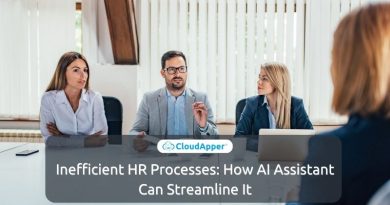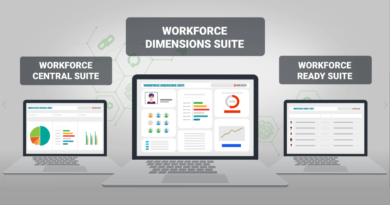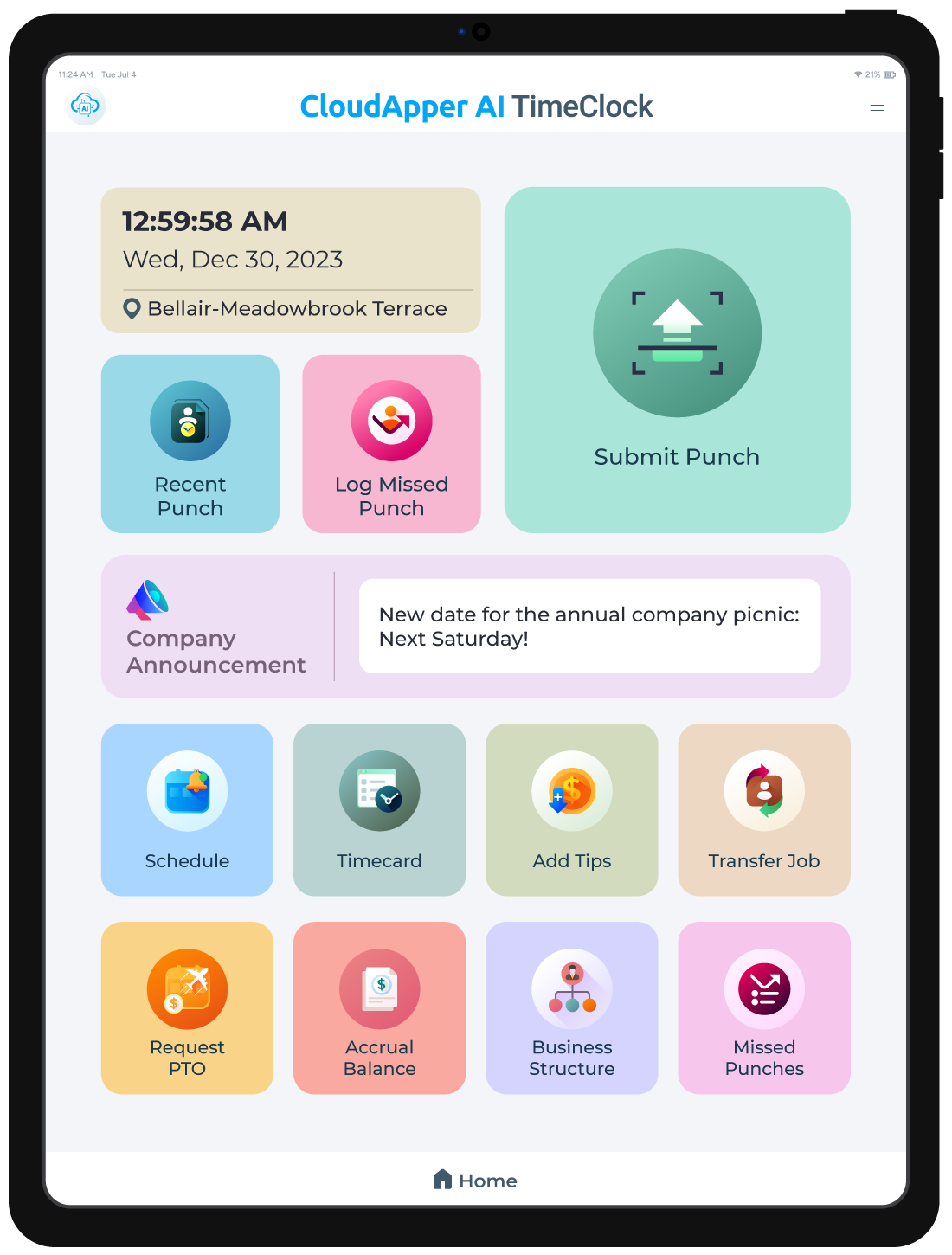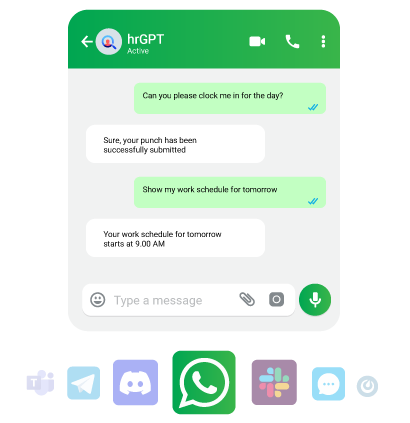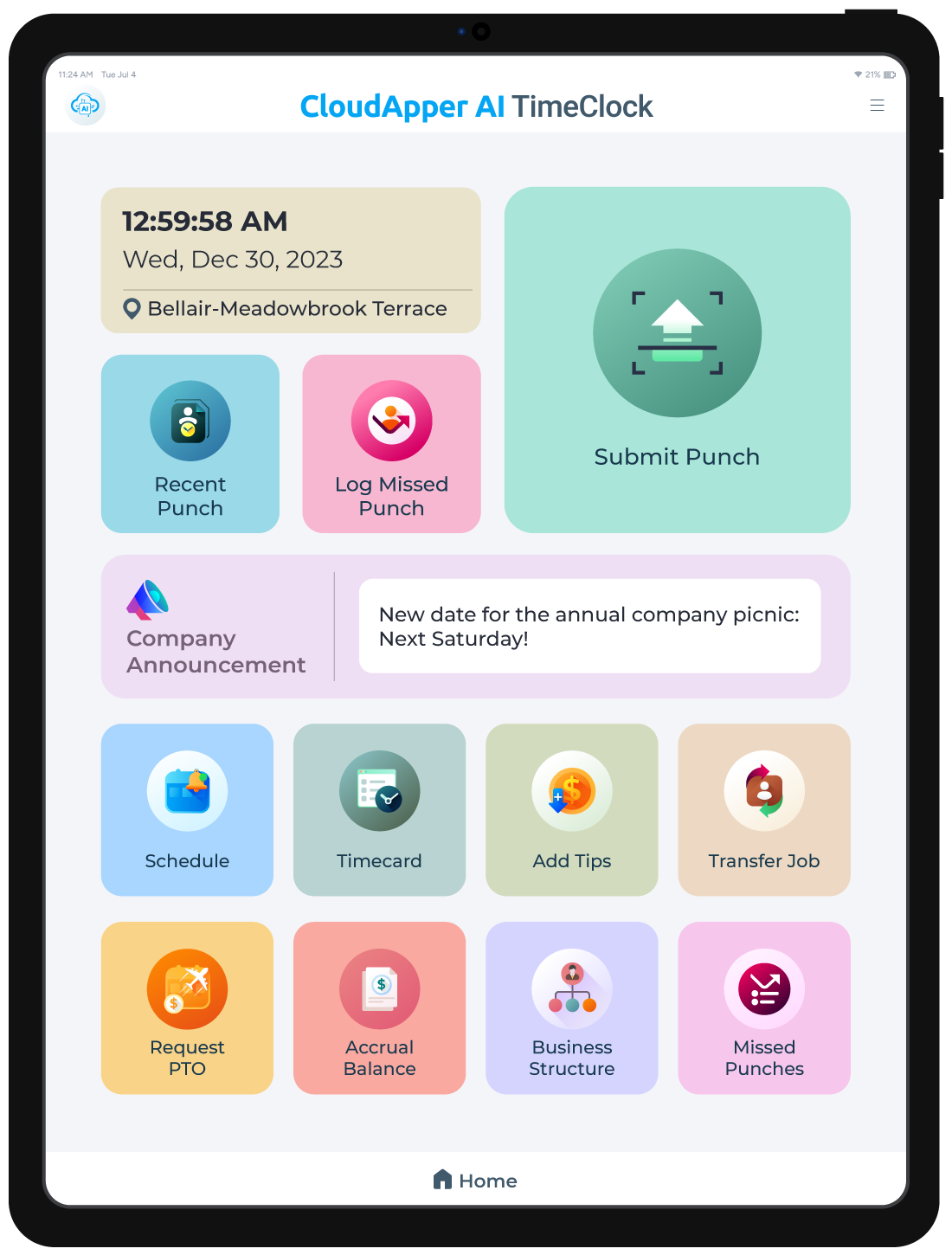The ROI of Biometric Employee Time and Attendance
Manual Time and Attendance is a Risk
As more businesses evaluate the use of biometrics for employee time and attendance to replace outdated workforce management solutions, many are still on the fence and remain skeptical about the actual benefits that could be realized. After all, there is a clear distinction between implementing biometrics because it has been positioned as the most effective alternative to eliminate buddy punching, lower payroll costs, and boost employee productivity and accountability and actually realizing a positive return on investment after deployment.
Many feel that biometric time and attendance is merely a passing fad, a flash in the pan technology that will be short lived in favor of the next best workforce management technology to burst on the scene and take its place. Understandably, skepticism about biometric identification is most often due to an incomplete understanding of its potential and inability to envision how it can be practically applied to any business, regardless of it’s size.
From our experience, the largest potential return on investment from using biometrics for workforce management applies directly to businesses that rely on manual punches or some type of manual input to record employee time and attendance. Manual time and attendance systems (in any capacity) are more susceptible to errors and mistakes because they rely on physical data entry which opens the door to human error. Manual time and attendance foments time theft, exacerbates payroll errors, and can lead to a degradation of award compliance for employees that deserve to be recognized.
Case Study: Biometric Time and Attendance for Lowes Retail, Australia
Lowes is a leading Australian menswear, young menswear and schoolwear retailer chain offering well-made clothing at affordable prices. With over 215 stores nationwide, calculating employee time and attendance was complex and time consuming. Manual punches were used whereby the store manager would manually enter their staff start and end times into the point of sale system (POS) with no record of any lunch breaks.
Lowes sought to implement a new workforce management system that would help with award compliance, reduce time theft, and minimize payroll errors.
Lowes already had Kronos time keeping software installed at their end locations and they wanted a biometric time clock which would seamlessly integrate with their existing workforce management software. After considering their requirements, we recommended they deploy the RightPunch™ biometric time clock powered by M2SYS Hybrid Biometric Platform™.
The RightPunch™ PC-based biometric time clock software is now installed on servers at each of Lowes’ 215 locations. Each server then connects to the M2SYS Central Data Management System (CDMS), which synchronizes data such as biometric templates and employee schedules between site locations. Employees simply scan their finger on a biometric device, then their timestamp is recorded and automatically reconciled with the Kronos Workforce Timekeeper time and attendance software. Integration of RightPunch™ not only improved the accuracy of their attendance system, but also helped optimize payroll expenses.
What has been Lowe’s return on investment since automating their payroll? Lowes has saved half a million dollars across the nation in the FIRST year of replacing their legacy time and attendance system.
Still not convinced that biometric time and attendance as part of a strategy that automates time and attendance will lead to a positive ROI? Download the Case Study and learn more details about additional areas of improvement and cost savings that Lowes realized.
Contact us for more information!


